class b fire is caused by
Fire caused due to flammable gases such as butane methane propane etc. Most of these liquids have a high carbon content and the compounds in them and.

Different Types Of Fire Extinguishers Used On Ships
In the EuropeanAustralian system flammable liquids are designated Class B having flash point less than 100 C 212 F.
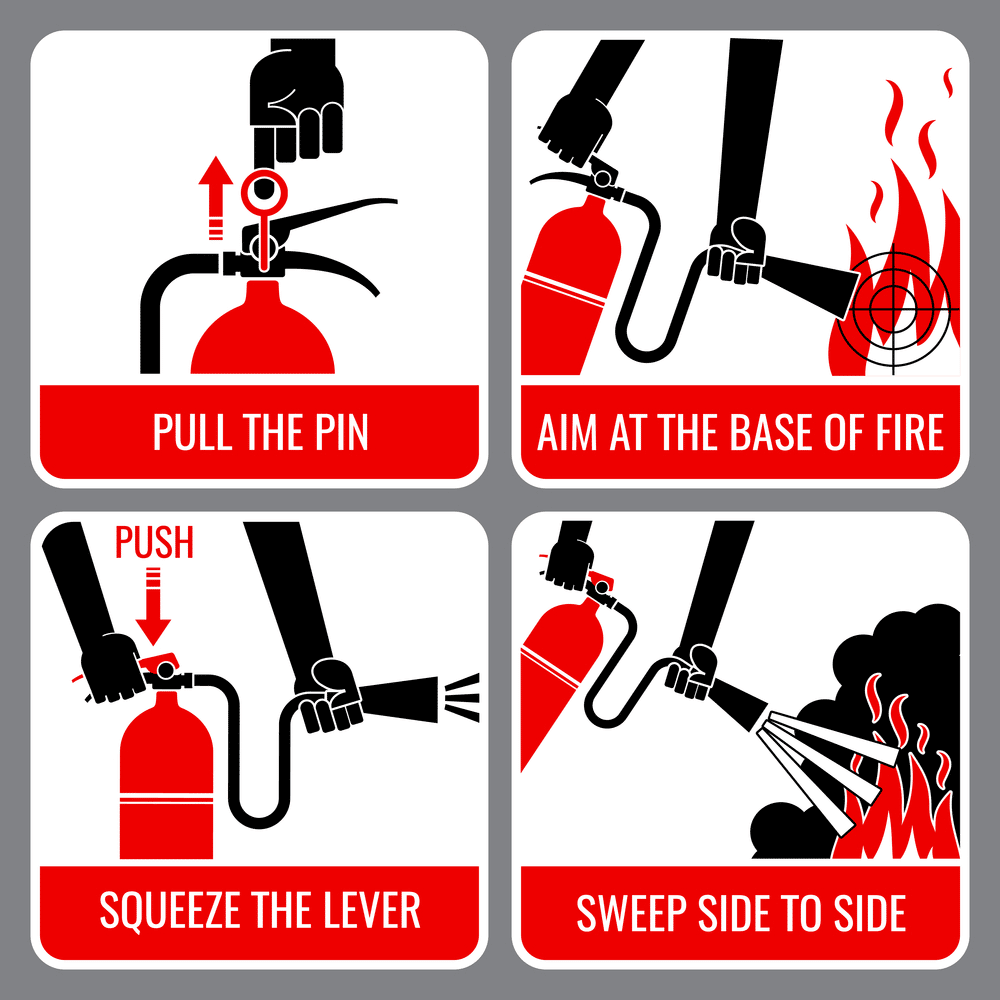
. Class B hazards include Flammable liquids greases and gas. A fire caused by flammable or combustible liquids and gases oil gasoline. Flammable Liquids andor Gases The next fire type you need to be aware of is the ones started by flammable liquids.
To avoid a class A fire from happening try to keep all. Its important to note however that cooking fats and oils are not included in this class. Class B hazards include Flammable liquids greases and gas.
Electrical equipment appliances and wiring in which the use or a nonconductive extinguishing agent prevents injury. Class B Fires. So a class B fire is very dangerous as it is the burning of flammable liquids.
According to the US Fire Administration Class B fires involve ignitable liquids or gases like petroleum grease alcohol paint propane or gasoline. Class B Fire Damage. That normally do not leave any embers or residues or very low amounts of residues.
Examples of flammable liquids include petrol oil paraffin alcohol and certain paints. A Class B fire is anything started by a flammable liquid such as petrol or alcohol. Any of the following may be the fuel source for a Class B fire.
What Does Class B Fire Mean. A Class C fire is a fire that involves electrical equipment electrical appliances or electrical wiring. Class B fires are those where the fuel is flammable or combustible liquid.
As water conducts electricity spraying an electrical fire with water can cause the current to travel back up. The presence of these liquids which are also known as hydrocarbon fuels represent the fuel aspect of the fire triangle heat fuel and oxygen and provide the materials necessary to begin develop and maintain a fire. Because a solid stream of water can cause the fuel to scatter.
In the United States all flammable liquids and gases are Class B. This will spread the flames. The first step when fighting a fire caused by electricity is to switch the equipment off.
Beyond knowing your fire hazard classification you also need to understand your area hazard classification. Because ordinary combustibles are so common in house fires authorities usually recommend that you get a fire extinguisher that includes at least an AB rating Most common fire extinguishers are class ABC. Class B fire refers to a fire involving flammable liquids such as petroleum gasoline kerosene petrol diesel octane etc paint alcohol solvent oil and tar etc.
Class B Fire Liquid fires. The fuel for a Class B is a combustible gas or liquid. The best solution to these fire hazards are dry chemical powder or clean agent gas.
In order to have a fire you need fuel oxygen heat and a chemical reaction. Flammable liquids such as alcohol ether oil gasoline and grease which are best extinguished by smothering. Class C fires - Flammable gases.
A Class A fire extinguisher will often hold pressurized waterwhich mostly works by removing heat or a dry chemical powder or CO 2. A Class A fire is the most common kind of fire that is likely to start. The US system includes flammable gases in their Class B.
Class C Fire Electrical fires. Solid materials tend to have organic materials and carbon that causes them to combust. This is suitable for grease gasoline or oil-based fire is usually filled with a dry chemical.
Blanketing with O2-deprivation eg CO2 dry chemical or foam. They are caused by energized electrical elements such as damaged power cors or overloaded electrical outlets. There are four classes of fires.
Class B fires are fires which involve flammable or combustible liquids. Some common examples of Class B fire damage include fires involving oil paint gasoline and similar flammable liquids. These include alcohols oil gasoline and paint.
They are normally caused by combustible solid objects like wood paper fabric and textiles. Dry chemical extinguishers mostly work by disrupting the chemical reaction that is fire while CO 2 smothers fire by removing oxygen and heat. A carbon dioxide fire extinguisher rated for flammable liquids and gasses.
Fire damage in this class involves fires related to flammable liquids as well as solid materials that can liquify. They are caused by flammable and or combustible liquids such as kerosene gasoline benzene oil products alcohol and other hydrocarbon deviations. 2012 Farlex Inc.
The US system includes flammable gases in their Class B. Ordinary solid combustibles such as paper wood cloth and some plastics. Flammable liquids such as gasoline and lighter.
It is one of the five classes of fires along with A B D and K. Cooking Oils and Fats. A class A fire combusts from solid materials such as wood paper or fabrics.
Class B fires are those where the fuel is flammable or combustible liquid. The class A fire uses these materials as fuel and the fire will die out once all the solid fuel runs out. The only difference is the fuel.
They are fires that starts in live electrical wires 4. They can ignite by heating them up to extreme temperatures or with a simple spark. The appropriate extinguishers used to tackle a Class B fire include CO2 foam and dry powder extinguishers.
6 rows Class B fires involve flammable liquids and gases especially fuels like petroleum or. The type of flammable liquids involved in Class B. A good way to put out a Class A fire is to use a water based extinguisher.
A fire caused by flammable or combustible liquids and gases oil gasoline. The fuel for a Class B is a combustible gas or liquid. Flammable Liquids and Gases.
That normally do not leave any embers or residues or very low amounts of residues. These materials are typically found in. The only difference is the fuel.
But this classification typically does not include fires involving cooking oils or grease.
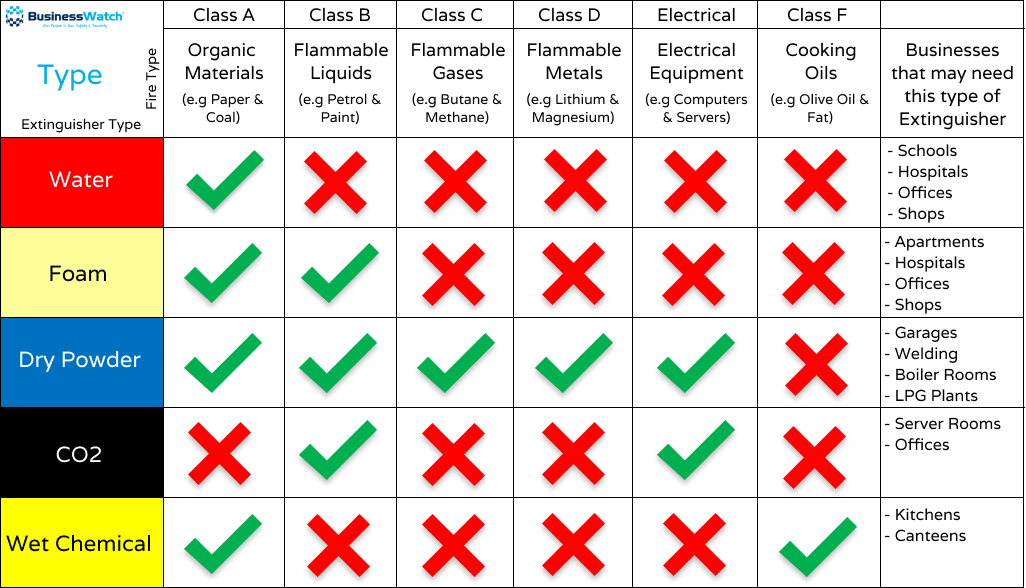
What Are The Different Types Of Fire Extinguishers Uk Businesswatch
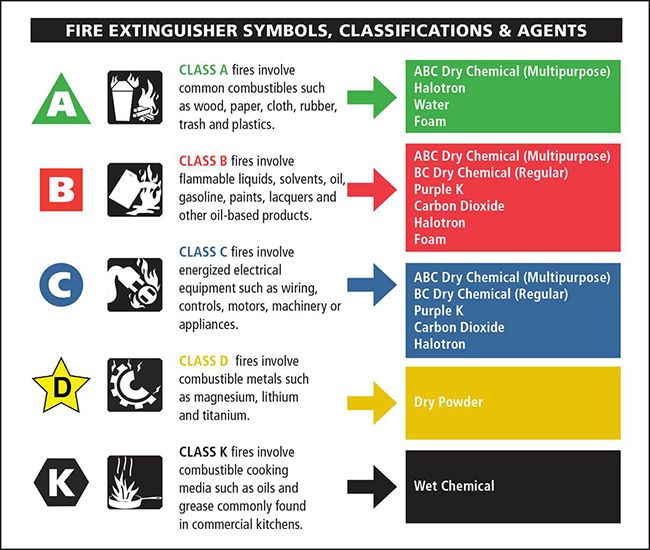
Types Of Fires Kidde Fire Safety
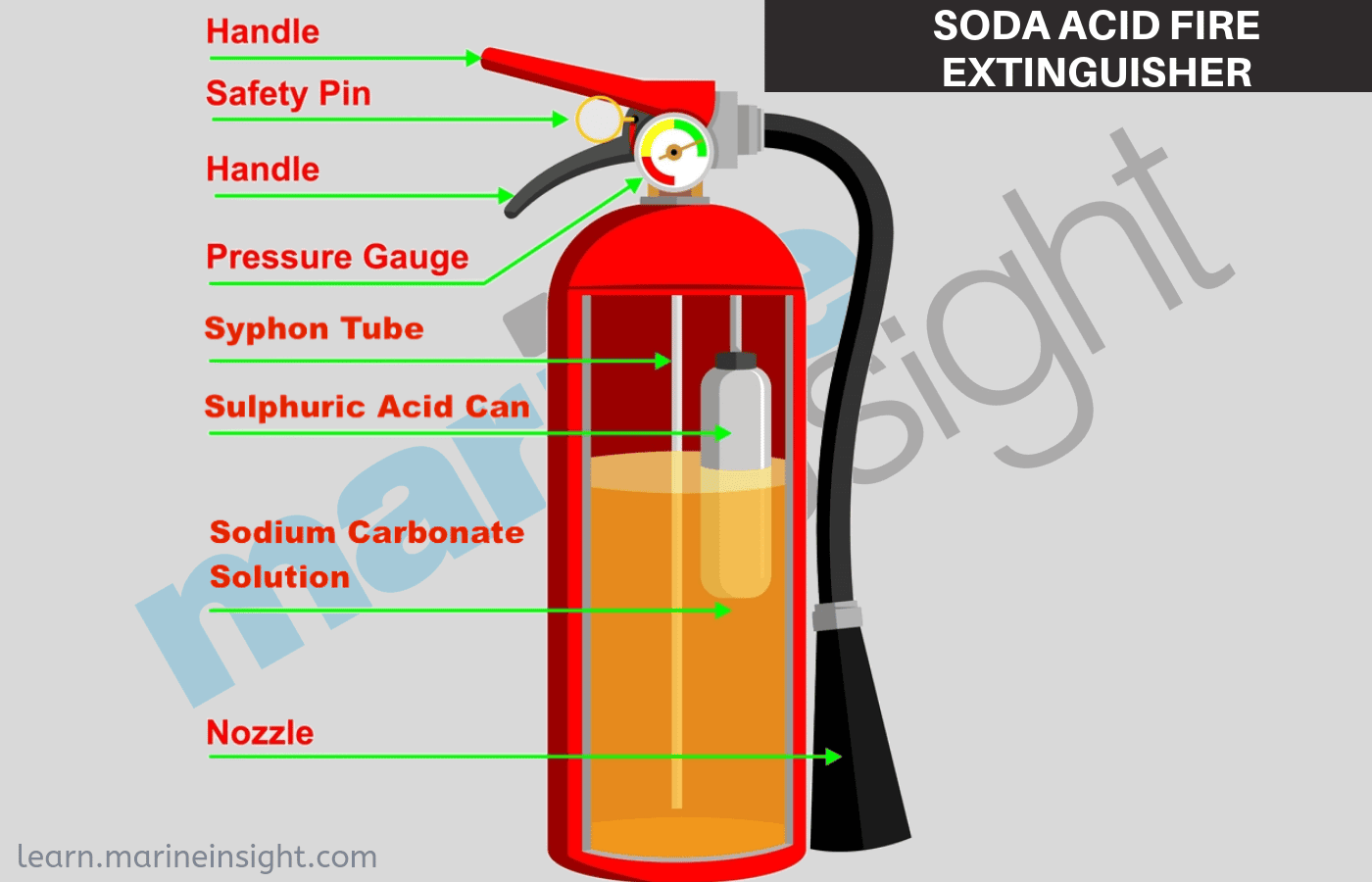
Different Types Of Fire Extinguishers Used On Ships

Fire Classes For Choosing The Proper Type Of Fire Extinguisher To Use Types Of Fire Class Fire

Fire Extinguisher Types Uses How To Choose
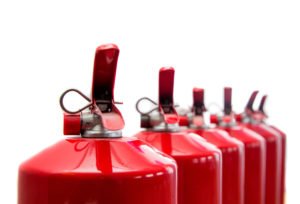
Fire Extinguisher Types How To Choose The Right Class

The Five Classes Of Fires And The Fire Extinguishers That Stop Them Strike First Usa

Find Out What The Symbols On Your Fire Extinguisher Actually Mean Foremost Promotions

The Different Types Of Fires Classes Prevention Reaction

Different Types Of Fire Extinguishers Used On Ships

The Types Of Fire Extinguishers Classifications Water Foam Co2
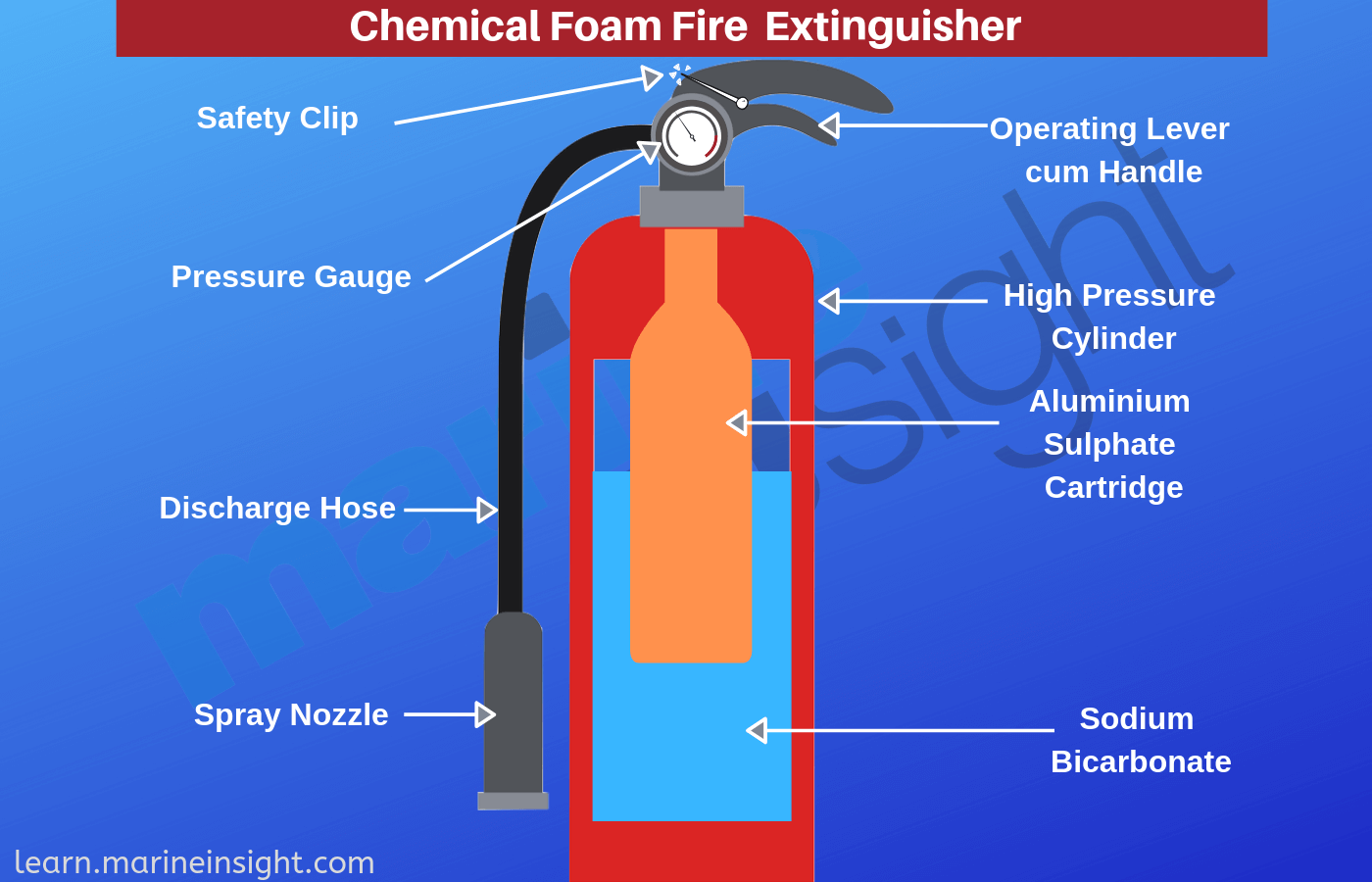
Different Types Of Fire Extinguishers Used On Ships
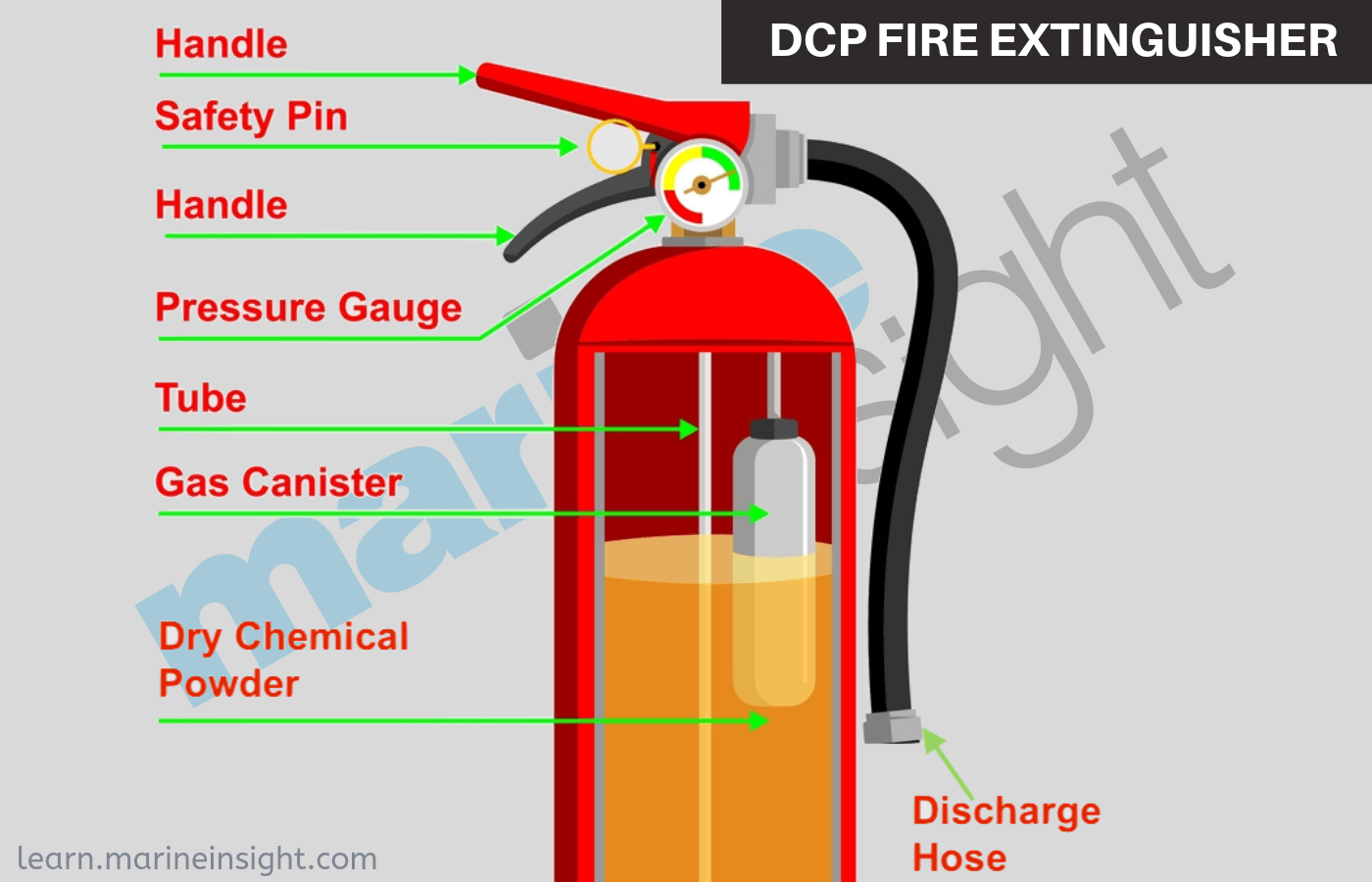
Different Types Of Fire Extinguishers Used On Ships

Abcs Of Fire Extinguishers Fire Prevention Services The University Of Texas At Austin
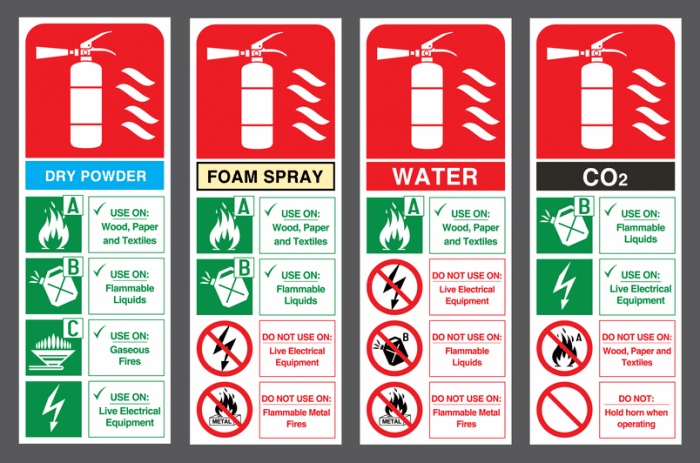
Different Types Of Fire Extinguishers Used On Ships

The Types Of Fire Extinguishers Classifications Water Foam Co2
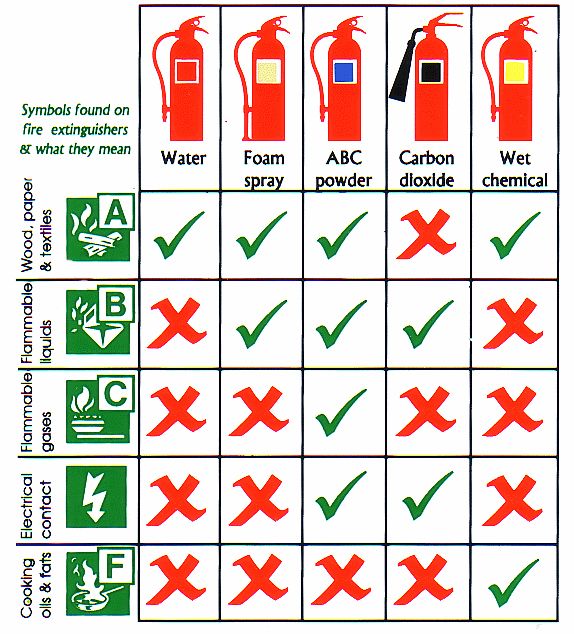
Fire Extinguisher Types How To Choose The Right Class

Types Of Fire Extinguishers A Guide Fire Risk Assessment Network